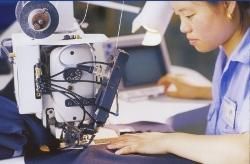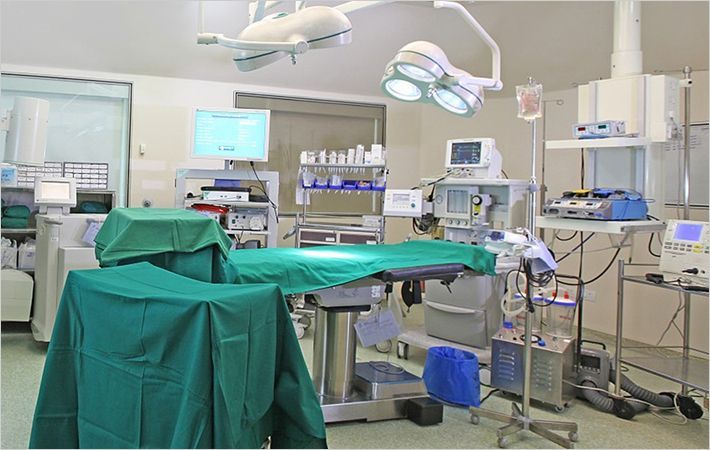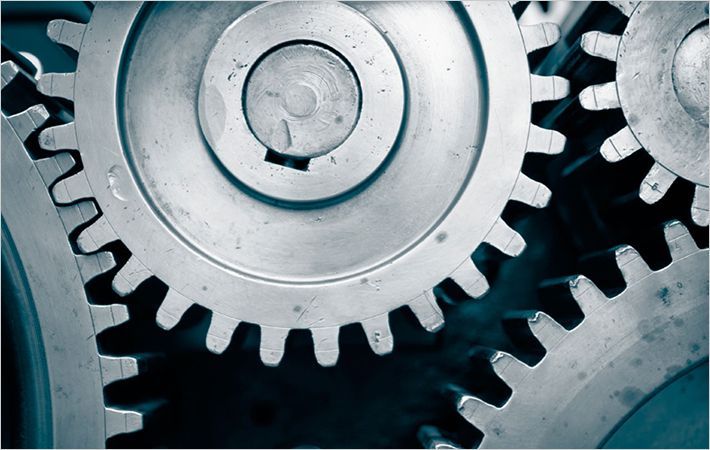High temperature resistance
A high temperature fire retardant steel core thread has been developed with a polyester jacketing which protects sewing machine thread guides from being grooved by metal to metal contact, whilst macro-molecular lubrication provides smooth passage of thread.
High temperature resistance
A high temperature fire retardant steel core thread has been developed with a polyester jacketing which protects sewing machine thread guides from being #
The steel core will withstand high heat and temperature cycling up to temperatures of 1000 °C, maintain integrity after long-term exposure to outside elements and is resistant to mildew, ageing, alkalis, chlorides, and many other liquids and gases. Applications include aerospace, industrial, commercial, and marine industries where extremely high temperature resistance is required.
Sewing threads made from strong, continuous alumina-boria-silica fibres and rayon provide a solution to sewing ceramic and other high-temperature fabrics.
For sewing situations requiring heat resistance between 555°C to 815°C several companies offer thread made of glass fibre. For higher temperatures these may be twisted with stainless steel. These may be coated with PTFE for lubrication. Also for high temperature applications Kevlar/Steel and Twaron/Steel sewing threads containing a steel core may be used.
For certain high performance thermal engineering, sports surfaces and filtration, a 100% stainless steel sewing thread is available but only used where the higher performance characteristics are a necessity due to the high comparative cost.
Zylon PBO fibres and filaments are characterized by a high tensile strength (10 times higher than steel), excellent impact energy absorption (twice that of para-aramid), and exceptional thermal stability and have been incorporated into specialised thread. Carbon fibres are also used for specific end uses.
Sewing threads made from 70% alumina and 30% silica have a melting point up to of 1880 °C and are useable up to around 1300-1400 °C whilst a high purity, very fine continuous filament pure fused silica is used to produce one of the strongest and most temperature and chemically resistant threads on the market.
A PTFE coating process encapsulating this thread enhances resistance to the build-up of contaminants and repels attack by most acids and alkalis whilst improving handling characteristics and abrasion resistance. The thread will not support combustion and will resist temperatures up to 1093 °C.
To learn about how different types of sewing thread can help in the manufacture of specialist technical textile products, together with more conventional needs, must visit Texprocess 2013, June 10-13, and Techtextil 2013, June 11-13. The international manufacturers of threads will present their innovations at Texprocess in hall 5 and at Techtextil mostly in hall 4.1.
At Texprocess 2011, there were 326 exhibitors from 40 countries. Some 17,000 trade and professional visitors from 87 countries came to this leading international trade fair, which was held concurrently.
Techtextil
Techtextil, International Trade Fair for Technical Textiles and Nonwovens, will be held concurrently with Texprocess from 11 to 13 June 2013. Around 1,200 exhibitors from 50 countries and some 25,000 visitors from 96 countries make up the world's foremost marketing and sourcing platform for users and manufacturers of technical textiles and nonwovens with their wide range of potential applications in the technical field.
Messe Frankfurt Exhibition GmbH


